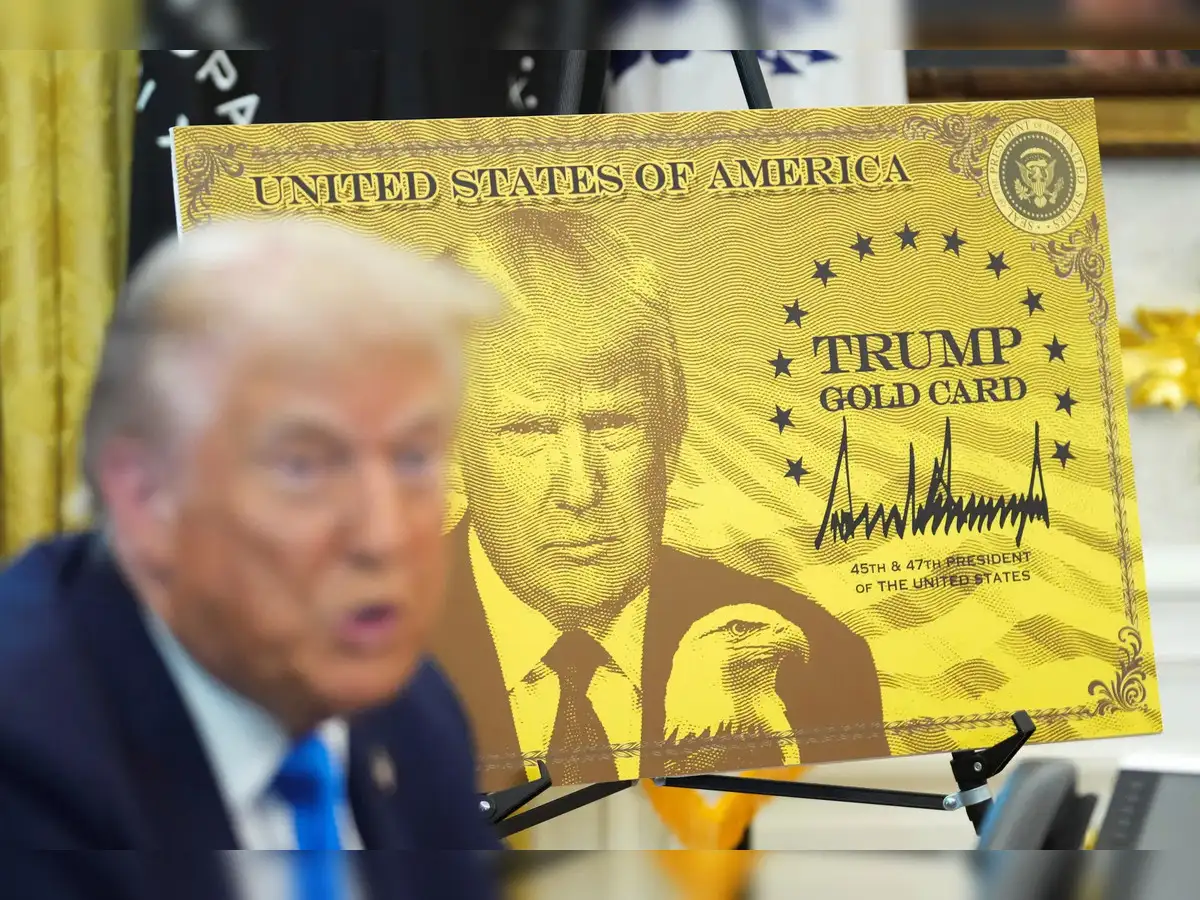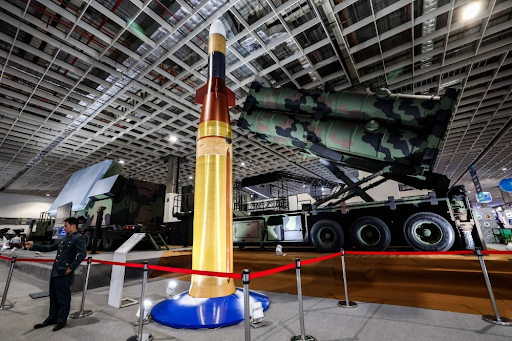



India's trade deficit with China hit $99.2 billion in 2024-25, driven by rising tech imports and weak exports. Experts warn of economic dependence, dumping risks, and inflation. India plans to monitor imports, boost local manufacturing, and expand exports to China while leveraging global shifts to become a competitive trade hub.

Copyright infringement not intended
India's trade deficit with China has increased to a $99.2 billion, raising alarms over economic dependencies and potential dumping practices.
A trade deficit happens when a country imports (buys) more goods than it exports (sells) to another country.
In 2024-25, India imported $113.5 billion worth of goods from China but exported only $14.3 billion. This results in a $99.2 billion deficit.
India’s imports from China are increasing, especially for:
India exports things like iron ore, cotton, and marine products to China, but these are low-value compared to China’s high-tech exports. This imbalance—buying expensive tech and selling basic goods—widens the gap.
Trade experts say India’s economy depends too much on Chinese components. For example, India’s own electronics and pharma exports depend on parts imported from China.
The U.S. President Donald Trump’s trade policies hit huge tariffs (up to 145%) on Chinese goods to make them costlier in the U.S., aiming to boost American manufacturing. At the same time, he paused tariff hikes on India and other countries for 90 days.
Impact on India
India is also negotiating with the U.S. to lower a 27% tariff on Indian goods (like electronics and jewelry) and secure a trade deal. The U.S. has a $46 billion trade deficit with India, and Trump wants to shrink it, putting pressure on India to open its markets.
Experts call this a “wake-up call.” India’s exports to China are stuck, while imports keep climbing, showing deep structural issues in trade
Monitor imports to block dumping, especially from China and ASEAN. Strengthen local supply chains to cut reliance on Chinese parts.
Boost exports to China by tackling barriers in pharma, IT, and agriculture. Invest in high-tech manufacturing (e.g., chips, batteries) to compete globally.
Use the U.S.-China rift to attract investment (like Apple’s iPhone production) and position India as a trade hub.
The trade deficit is a symptom of deeper issues—low export diversity, weak manufacturing, and global trade tensions. Fixing it needs bold policies and smart diplomacy.
Must Read Articles:
INDIA CHINA BILATERAL RELATIONS
THE LONG AND WINDING ROAD OF INDIA-CHINA RELATIONS
Source:
|
PRACTICE QUESTION Q. Analyze the structural factors contributing to India's persistent trade deficit with China. What steps can be taken to address this imbalance? 250 words |







© 2025 iasgyan. All right reserved